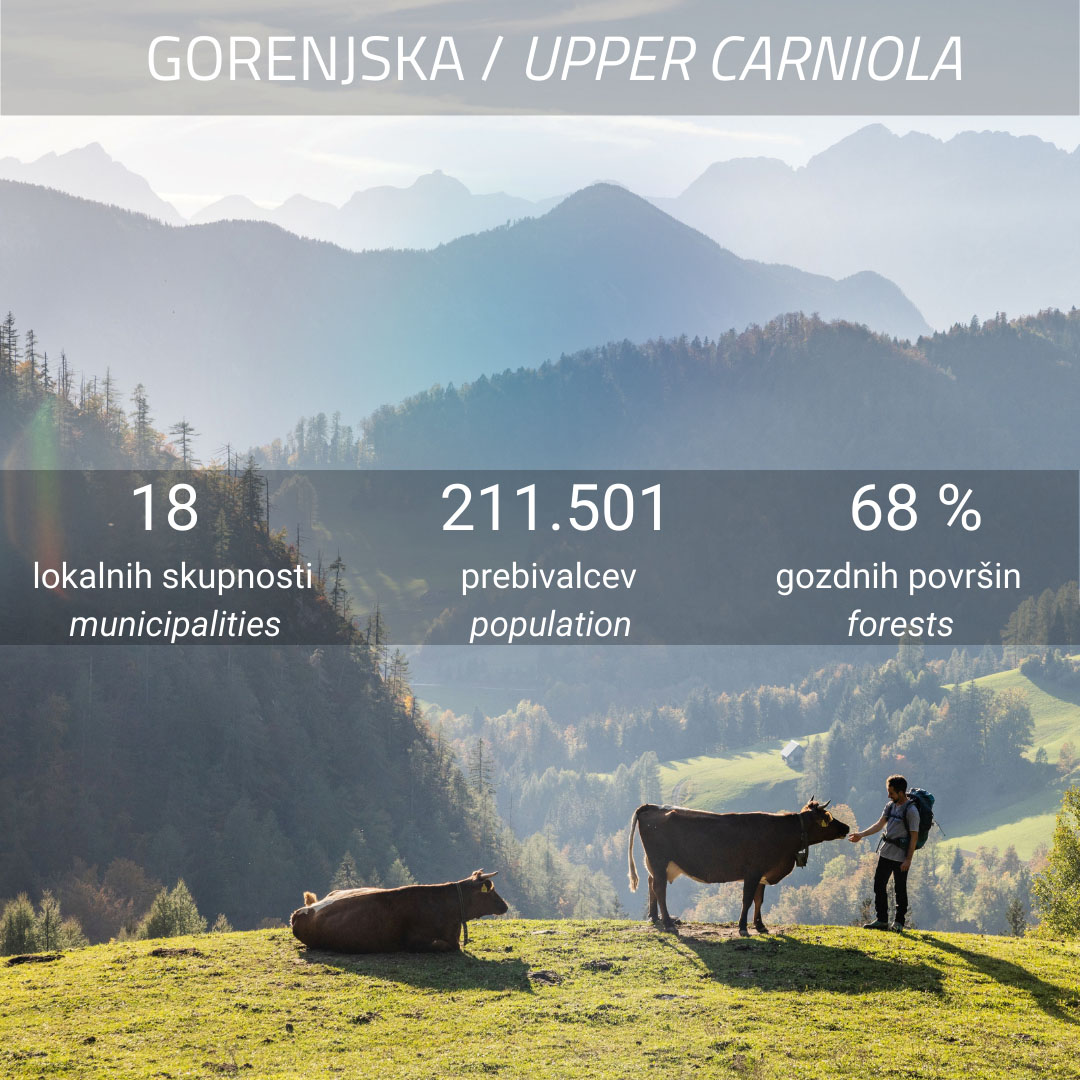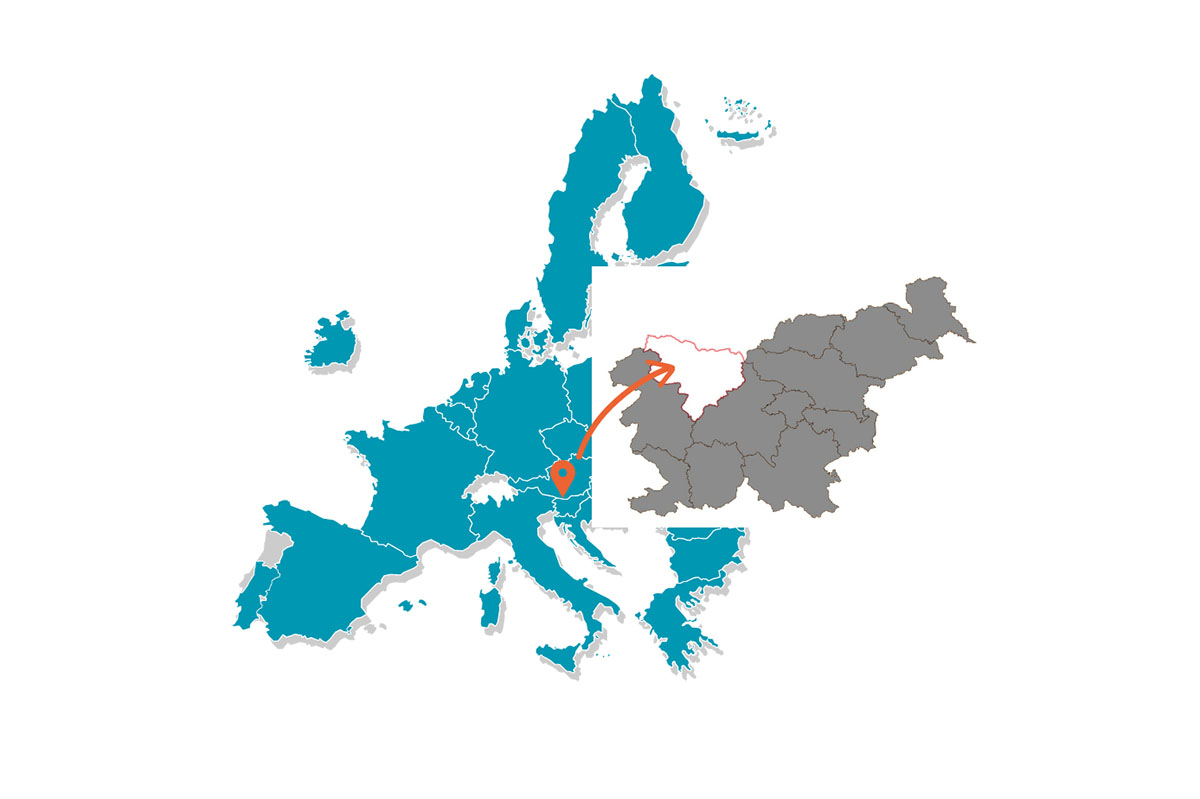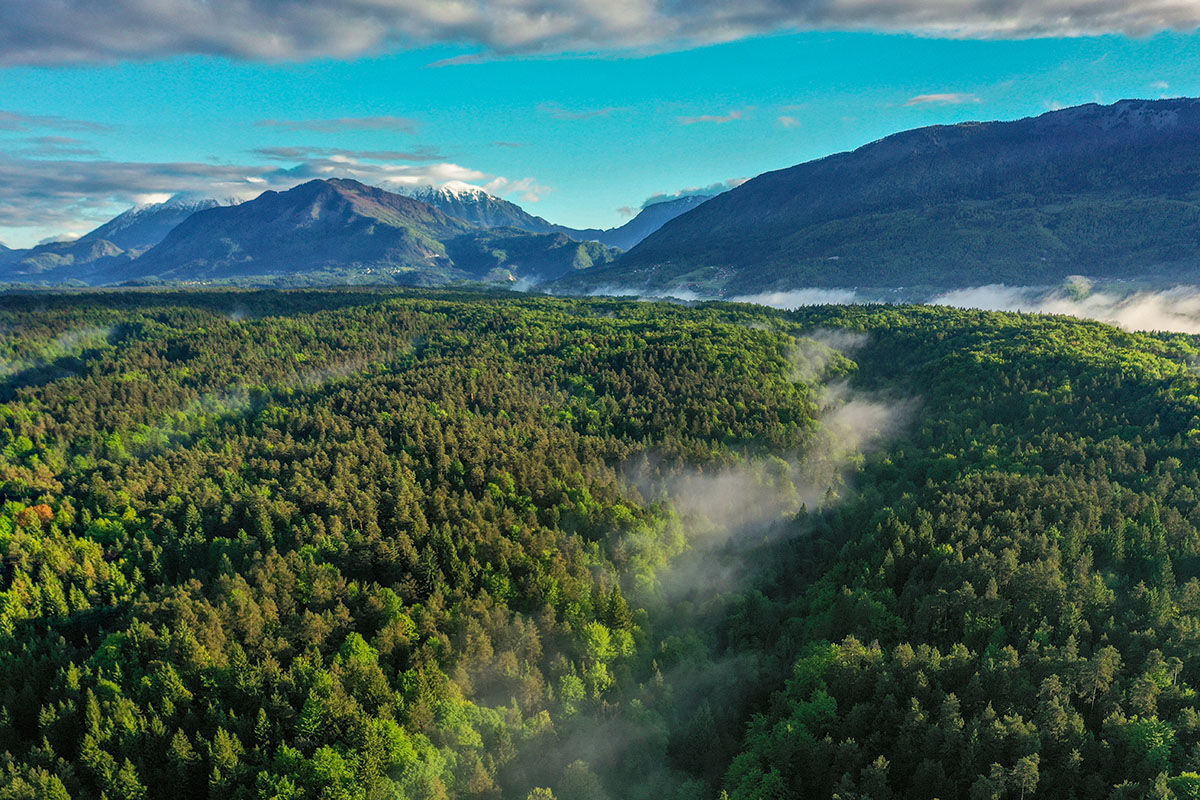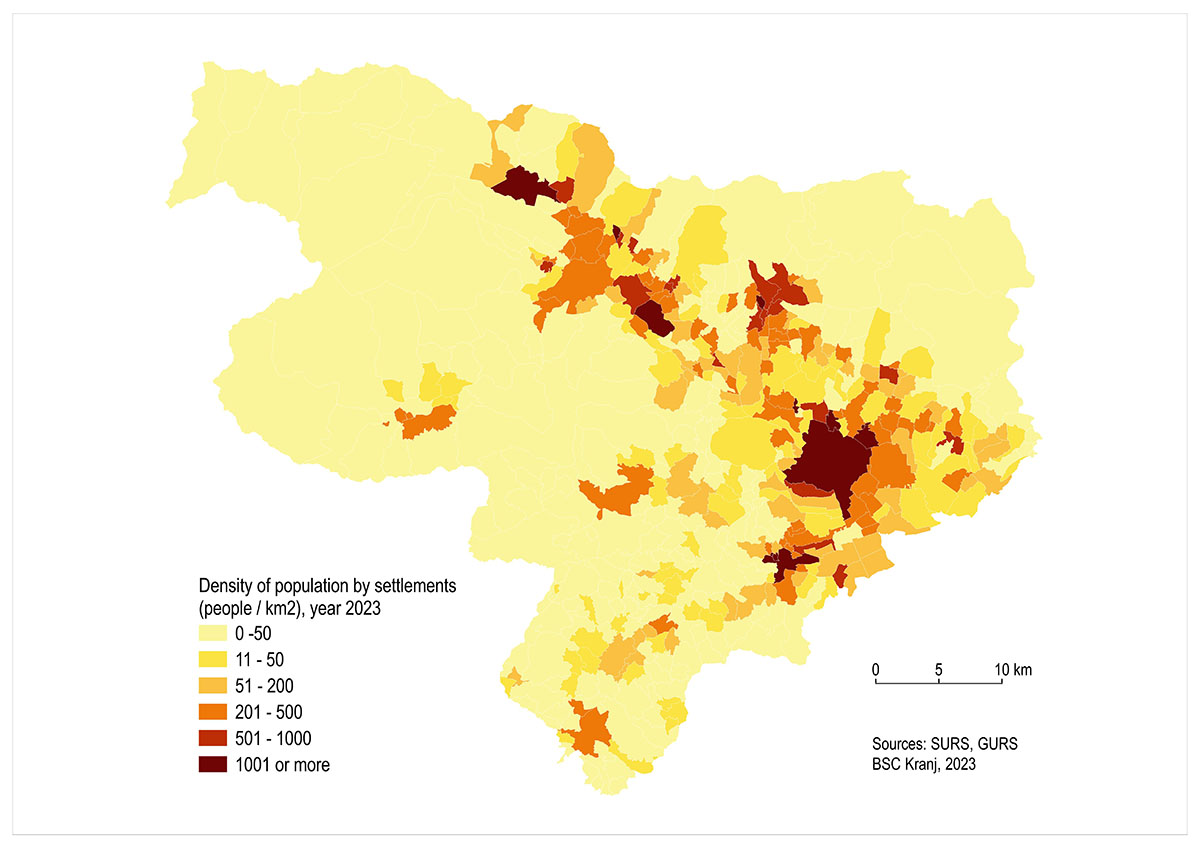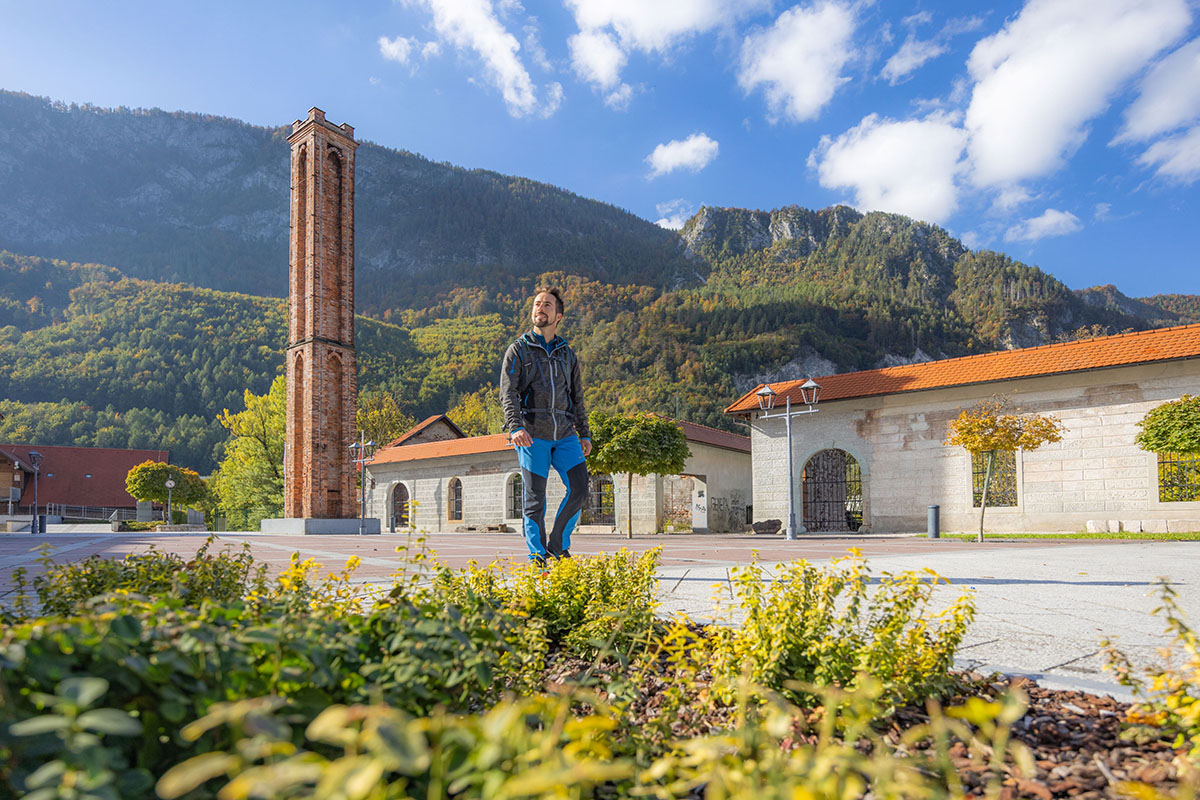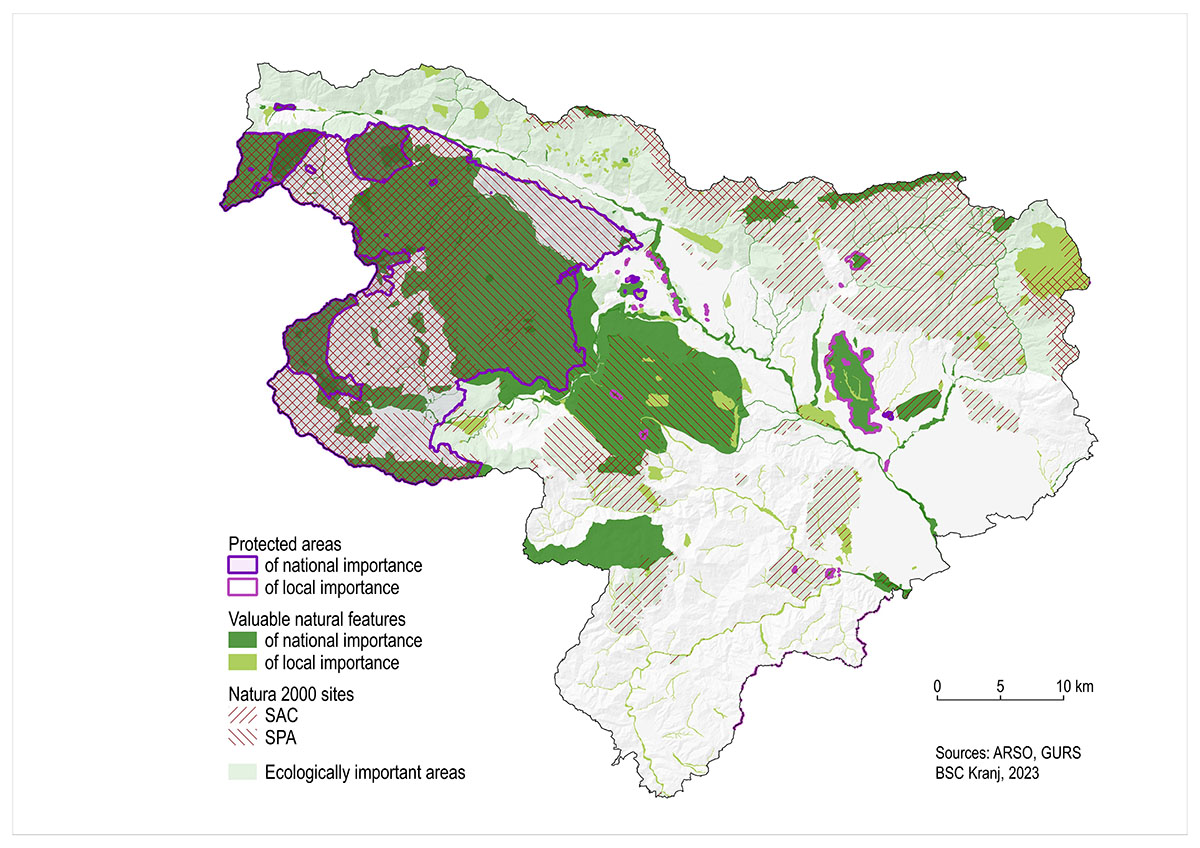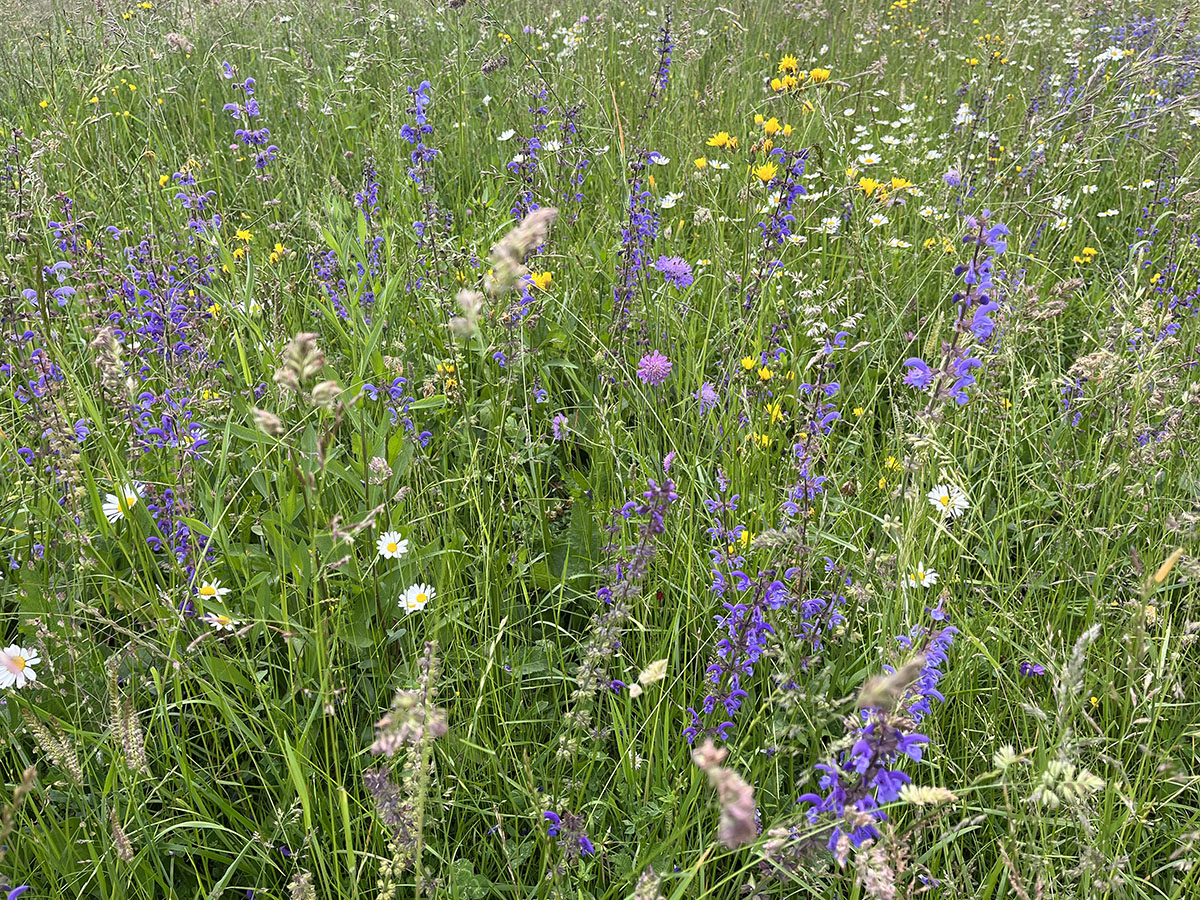Gorenjska. Diverse scenery, an Alpine region with a distinctive cultural landscape and rich history. It is a region intertwined with natural and cultural heritage, small traditional crafts and modern, globally oriented companies. A green, connected and smart region, pleasant to live in and attractive to visit.
The Gorenjska region occupies the northwestern part of Slovenia. In the north, via the Karavanke mountain range, it connects with the Carinthia region in the Republic of Austria, and both are joined in the far northwest with the Friuli Venezia Giulia region in Italy. Developmentally, it connects with the Osrednjeslovenska region in the south, the Savinja region in the east and the Goriška development region in the west.
The main panorama of Gorenjska represents the Alpine world. The central lowland part, which is part of the Ljubljana Basin, connects the highlands of the Julian Alps, the Karavanke, the Kamnik-Savinja Alps and the Škofja Loka hills. Picturesque rural settlements and city centres are well connected by a network of local and national roads and the Gorenjska cycling network. In addition to the highway corridor, the railway corridor and the international Ljubljana Jože Pučnik Airport additionally contribute to good accessibility and a favourable transport location.
With 2,137 km2, the Gorenjska statistical region is the sixth largest region in Slovenia and represents 10% of Slovenia’s territory. The average population density is 98.4 inhabitants per square kilometre and is distinctly uneven. In January 2023, 210,188 inhabitants lived in the region, their average age was 43.4 years (source: Statistical Office of the Republic of Slovenia). The population continued to grow until 2020, but the last years have been characterized by a decline in the number of inhabitants, both due to negative natural growth and migration (source: Statistical Office of the Republic of Slovenia).
There are 18 local communities in the region: Bled, Bohinj, Cerklje na Gorenjskem, Gorje, Gorenja vas-Poljane, Jesenice, Jezersko, Kranj, Kranjska Gora, Naklo, Preddvor, Radovljica, Šenčur, Škofja Loka, Tržič, Železniki, Žiri, Žirovnica. The municipality of Kranj has the largest population (57,171 or 27.2% of the total in Gorenjska), followed by the municipalities of Škofja Loka, Jesenice and Radovljica, each with approximately 10% of residents, the smallest being the municipality of Jezersko, which had 671 inhabitants in January 2023 (source: Statistical Office of the Republic of Slovenia). The regional centre is Kranj, which is the third largest city in Slovenia.
Forests, waterpower and other natural resources helped accelerate industrial development in the region originating from craft workshops and iron foundries, in the 19th century. The cities of Jesenice, Kranj, Tržič and Škofja Loka were connected via Ljubljana and Celje in the so-called industrial crescent. At the end of the 1980s, with the beginning of an industrial crisis, many factories stopped their production, while others succeeded with restructuring. After Slovenia’s independence, the entrepreneurial spirit reawakened. In 2021 there were 21,300 companies in the region, with the labour activity rate of 71.7%, which is above Slovenian average (source: Statistical Office of the Republic of Slovenia).
As much as 40% of the region lies above 1,000 m above sea level, 44.3% (946 km2) are NATURA 2000 areas, 24% (508 km2) are protected nature areas, including the Triglav National Park (source: Slovenian Environment Agency).
Forest areas make up 68% of Gorenjska, 19% are agricultural areas, 4.5% are built-up areas, the rest are water areas, the un-vegetated high mountain world and other infertile areas (source: Ministry of Natural Resources and Spatial Planning).
Did you know?
- In 2022, there was 89,924 of the working population in Gorenjska, of which 33% went to work outside the region, as much as 20.5% (18,440) went to Ljubljana (source: Statistical Office of the Republic of Slovenia).
- In 2018, 18,499 thousand m3 of underground water was pumped in Gorenjska.
- 79 km of railway and 3,211 km of public roads pass through Gorenjska (source: Statistical Office of the Republic of Slovenia).
- In 2022, 3.6 million overnight stays by tourists were made in tourist accommodation facilities in Gorenjska, 78% by foreign tourists (source: Statistical Office of the Republic of Slovenia)..
- In 2023, more than 500 signposts were placed on a total of 640 kilometres of bicycle connections within the Gorenjska cycling network.

